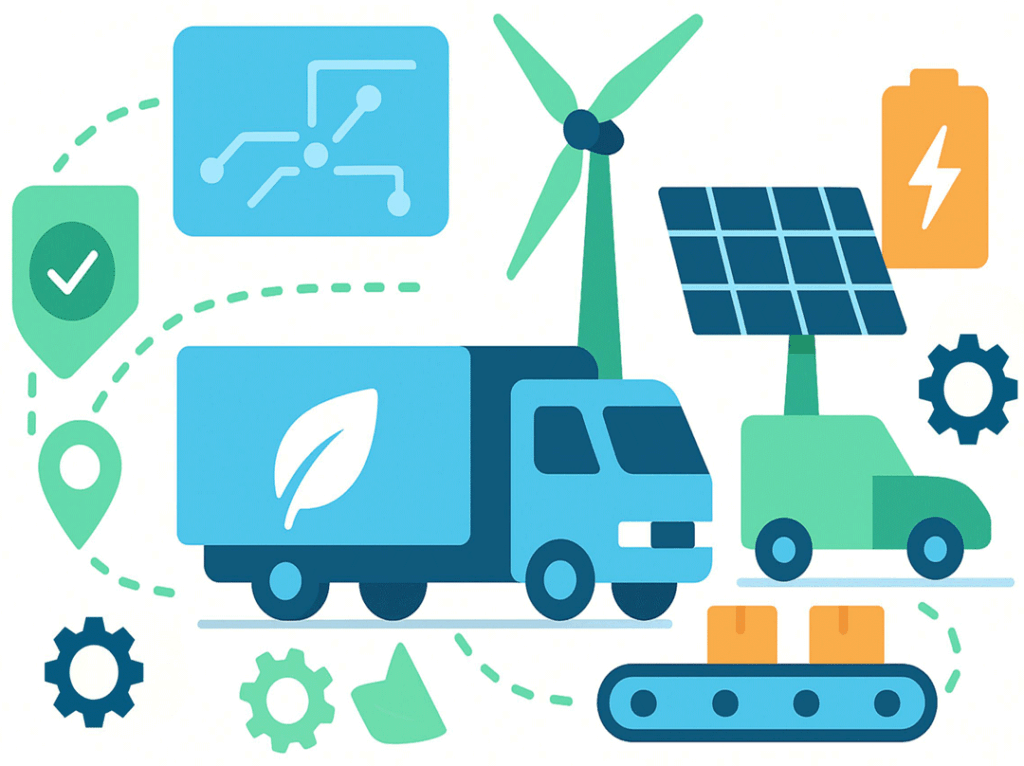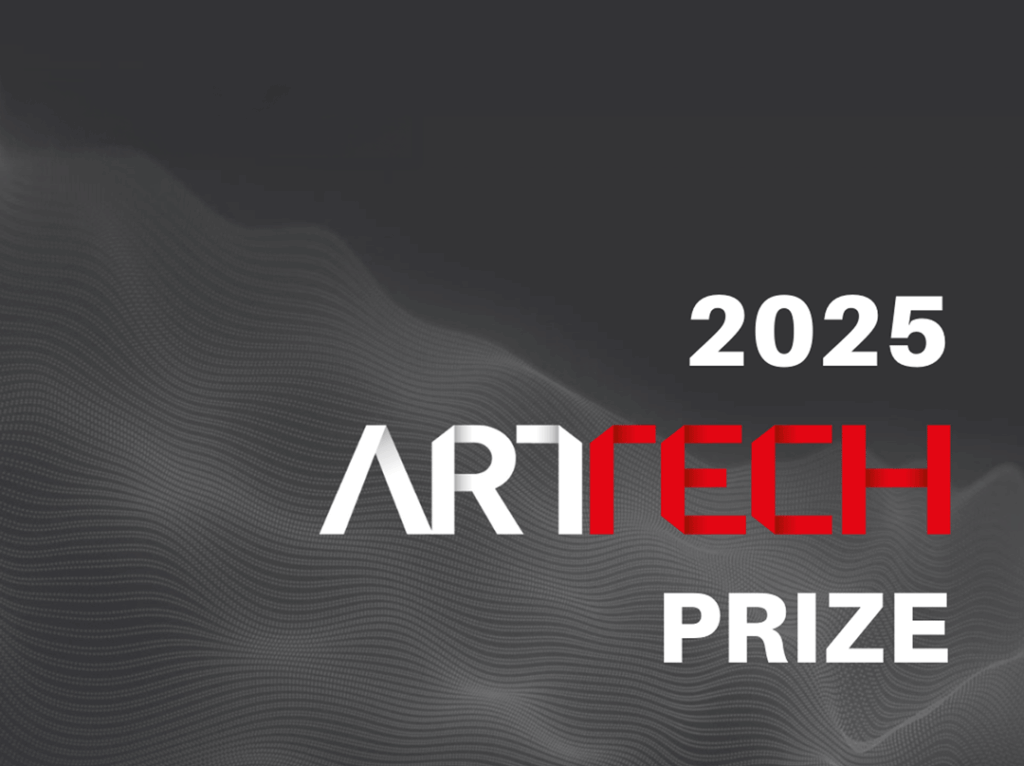Sparrow: a new standard for measuring urban air pollution
Sparrow's smart sensors are setting a new standard for measuring air pollution in cities. Its co-founder, Maxim Interbrick, explained in an interview how his technology can also play a role in setting international standards for smart, sustainable cities.
Urban air pollution is a much bigger problem than you might think: the WHO estimates that outdoor air pollution causes over 4 million premature deaths worldwide every year. And the particulates that cause these deaths are not the only form of pollution to which city dwellers are exposed; they also inhale toxins such as carbon monoxide, ozone, nitrogen dioxide and sulfur dioxide. The municipalities concerned are aware of the problem and are trying to solve it, but the difficulty lies in knowing which toxins are present and where they are concentrated, so that appropriate preventive measures can be taken.
That's where Sparrow's air pollution sensors come in: in the form of a small box that can be installed on the roof of cabs or car-sharing vehicles, they roam the city and form a network of devices that collect data continuously throughout the area. Maxim Interbrick, co-founder and COO of Sparrow, explains how his technology can not only reduce urban air pollution, but also play a role in setting international standards for the transition to smart, sustainable cities.
How do your smart sensors help cities combat air pollution?
Communities face two major obstacles in their efforts to reduce air pollution. The first is collecting the right kind of data. Most cities rely on a handful of permanent measuring stations in fixed locations. These stations can only collect data within a given radius, which means they cannot provide an accurate picture of pollution levels throughout the city. The second obstacle is implementation. Municipal budgets are limited and subject to lengthy approval procedures. New technologies are developed much faster than cities can buy and install them, so it can take years to reorganize a city's entire infrastructure to make it smart and sustainable.
Sparrow's sensors meet both these challenges. Firstly, they can be easily installed on existing vehicles - no investment in major new infrastructure is required. What's more, by being attached to vehicles that are already plying the city daily, they provide a comprehensive, high-resolution pollution map at a relatively low cost. These maps are generated by our proprietary software, which compiles the raw data collected by our sensors and transforms it into useful information for city planners.
Can you tell us more about your collaboration with ITU-T to establish standards for measuring urban air pollution?
ITU-T is the standardization body of the International Telecommunication Union and an agency of the United Nations. We approached them because we believe that our technology - thanks to its low cost and ease of installation - can be used by cities around the world and contribute to global efforts to benchmark and reduce urban air pollution. When we presented our system to them, the ITU-T felt that it could become an essential and indispensable tool for creating KPIs for smart and sustainable cities. We therefore joined the ITU-T as an associate member in 2020 and immediately participated in the development of the standardization process. The aim is to develop a new standard for next-generation measurement methods for urban air pollution.
Why did you choose to settle in the canton of Vaud?
Our first prototype was developed in Geneva with engineers from the Geneva School of Landscape, Engineering and Architecture (HEPIA), and then tested on 300 cabs in the city. But when it came time to turn our research group into a company, we decided to set up in the canton of Vaud, for two main reasons. The first was the support we received from Innovaud. I'd already been working with the agency for several years, when it was still called Vaud Développement Economique. I like teaming up with these kinds of local organizations, as they are very helpful in providing concrete advice on how things work in practice, and in putting us in touch with the right people. In fact, our contacts at Innovaud have helped us secure funding from the canton of Vaud and FIT. The second reason is that being based in Vaud brings us closer to EPFL. HEPIA was an excellent partner for the development of the first prototype, but EPFL has a wider range of resources to scale up our system and bring it to market. That said, we still have close links with Geneva - its Department of Air Pollution and Noise Exposure is one of the best in Europe. Its support will be essential as we field-test further improvements to our system and work to develop standards.
What are your future plans for business development in the canton of Vaud and internationally?
In surveying the market for our system, we found that the main potential lies in the B2B and B2C segments. In B2B, we plan to help companies achieve their ESG goals and provide professionals, such as real estate agents, with granular data on air pollution levels in different neighborhoods. In B2C, our goal is to provide data to Google and Apple Maps. These companies are data aggregators and distributors, but at the moment there is no real urban pollution data that they can aggregate. This is what we hope to provide, so that users of these applications can benefit from it. These are the two areas in which we will be focusing our business development. In terms of geography, we plan to keep our R&D in the canton of Vaud because of the unique skills we find there; we are already in contact with a local engineering office staffed by EPFL graduates. But we are also planning to open offices abroad. We're currently considering an opportunity in Israel, for example.
What professional challenges keep you up at night?
We've set ourselves the ambitious challenge of conquering 100 cities worldwide over the next 18 months! We know how to approach cities, and we're convinced they'll work with us, but at this scale the logistics can be tricky. But it seems to us that the best way to attract the attention of big players like Google and Apple Maps is to expand our market presence.
Source : Innovaud




